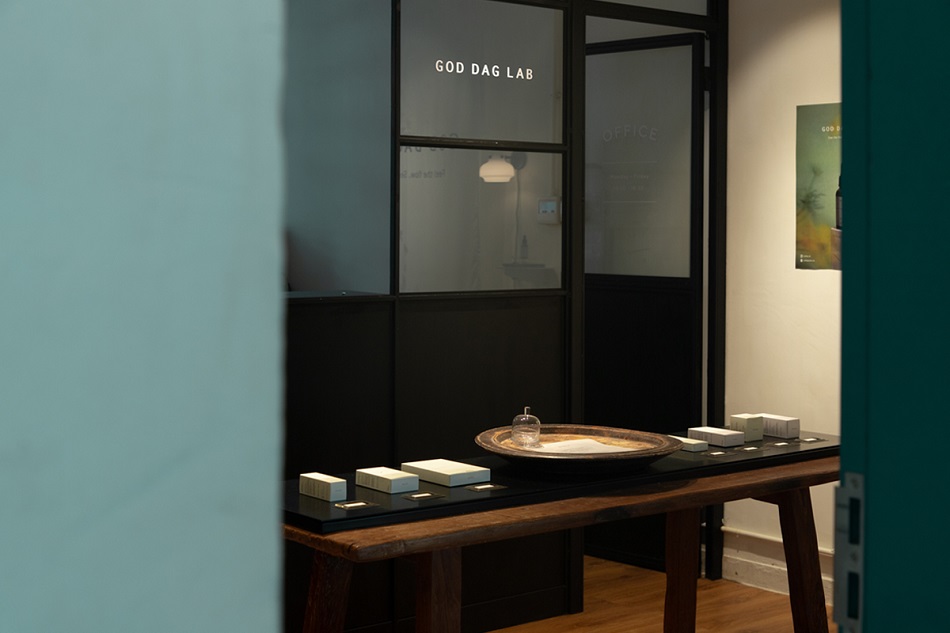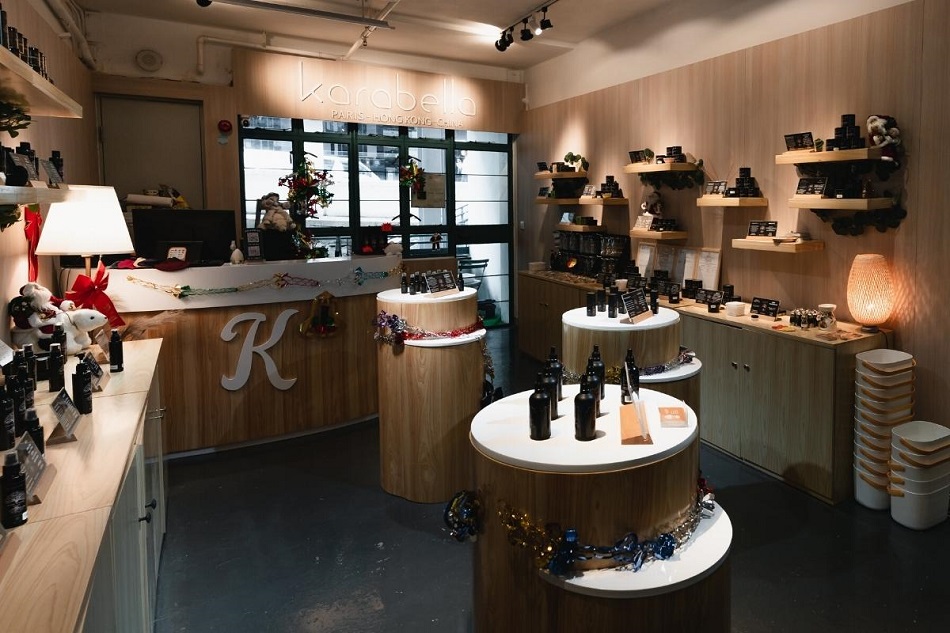Interview #20
Redefining Standards in Interior Architecture in Hong Kong
Stylus
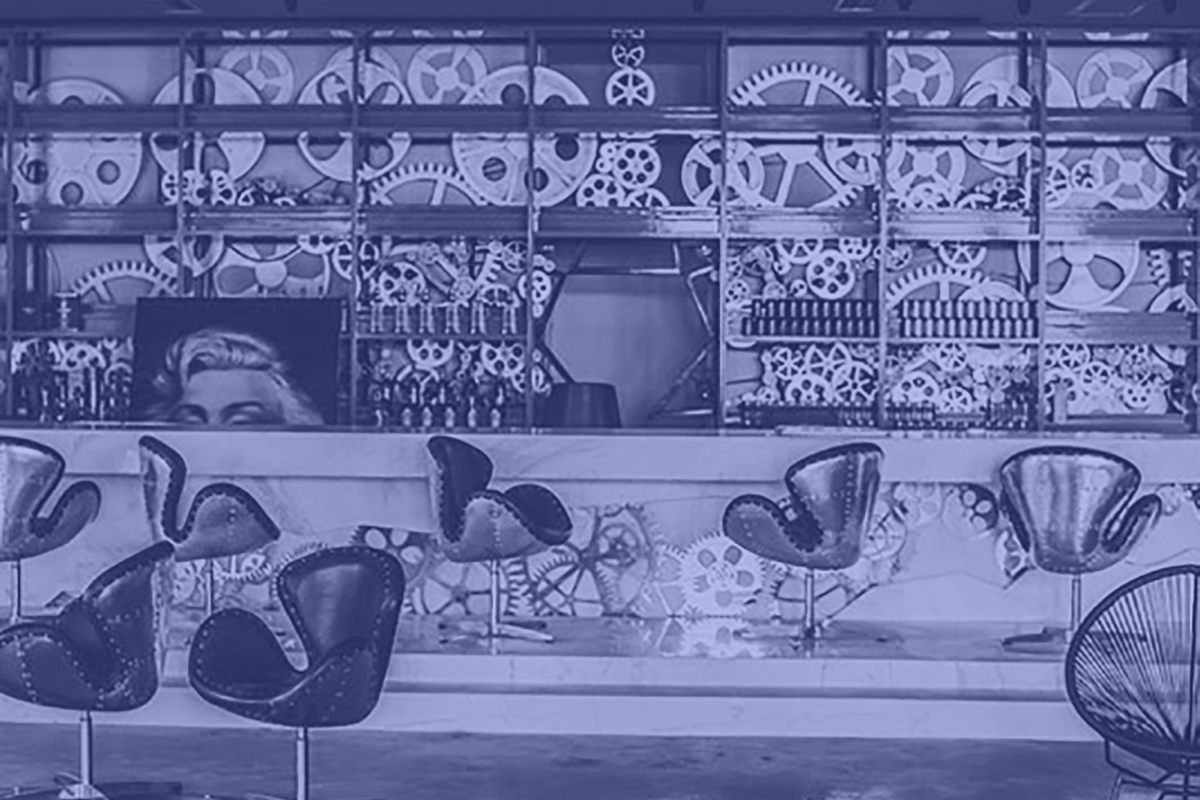
Written by RMM
Photos by ©Stylus Studio
Four years ago, Simon Zeng and Vincent Zhang decided that it was time for a change. With over 30 years of experience combined, two intrepid designers decided to leave their jobs at a leading multi-national architecture firm to start their own practice.
Stylus Studio was borne out of a desire to design emotional environments that help people to connect, inspire and thrive. With a focus on designing luxury hospitality, F&B, retail and office spaces, their small 7-person team of like-minded designers have worked on more than seventeen projects in Hong Kong, China and even Myanmar. The studio’s work has indeed struck a chord with the regional design scene — both Zeng and Zhang were winners of Perspective’s ’40 Under 40’ in 2016.
RMM speaks to Stylus about the entrepreneurship and the spatial design scene in Hong Kong.
SZ: Simon Zeng
VZ: Vincent Zhang
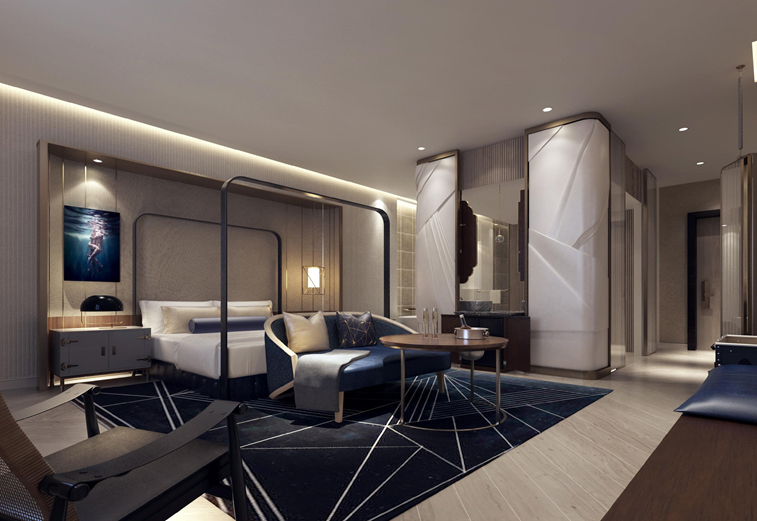
RMM: What inspired you to start Stylus? Your studio’s philosophy is “redefining new standards in Interior Architecture” – could you explain this, for the benefit of readers who are less familiar with the interior architecture industry?
SZ: “Redefining new standards in interior architecture” is about starting with the “why” — we don’t get caught up in the latest trends that unfortunately many of our peers fall prey to.
We can promise to create characteristic spaces, as we are forever led by the DNA of a project (it’s history, surroundings, and the owner/developer’s aspirations for the place etc.). This DNA inspires us to develop a meaningful storyline for the project; guiding the decisions we make in the design to create something truly unique. In turn, we hope to delight, inspire and emotionally connect with those that come to experience what we create.
After spending the last 15 years designing 5-star hotels around Southeast Asia, we think it’s time to go back to the origins of authentic design, which inspired us to start STYLUS STUDIO.
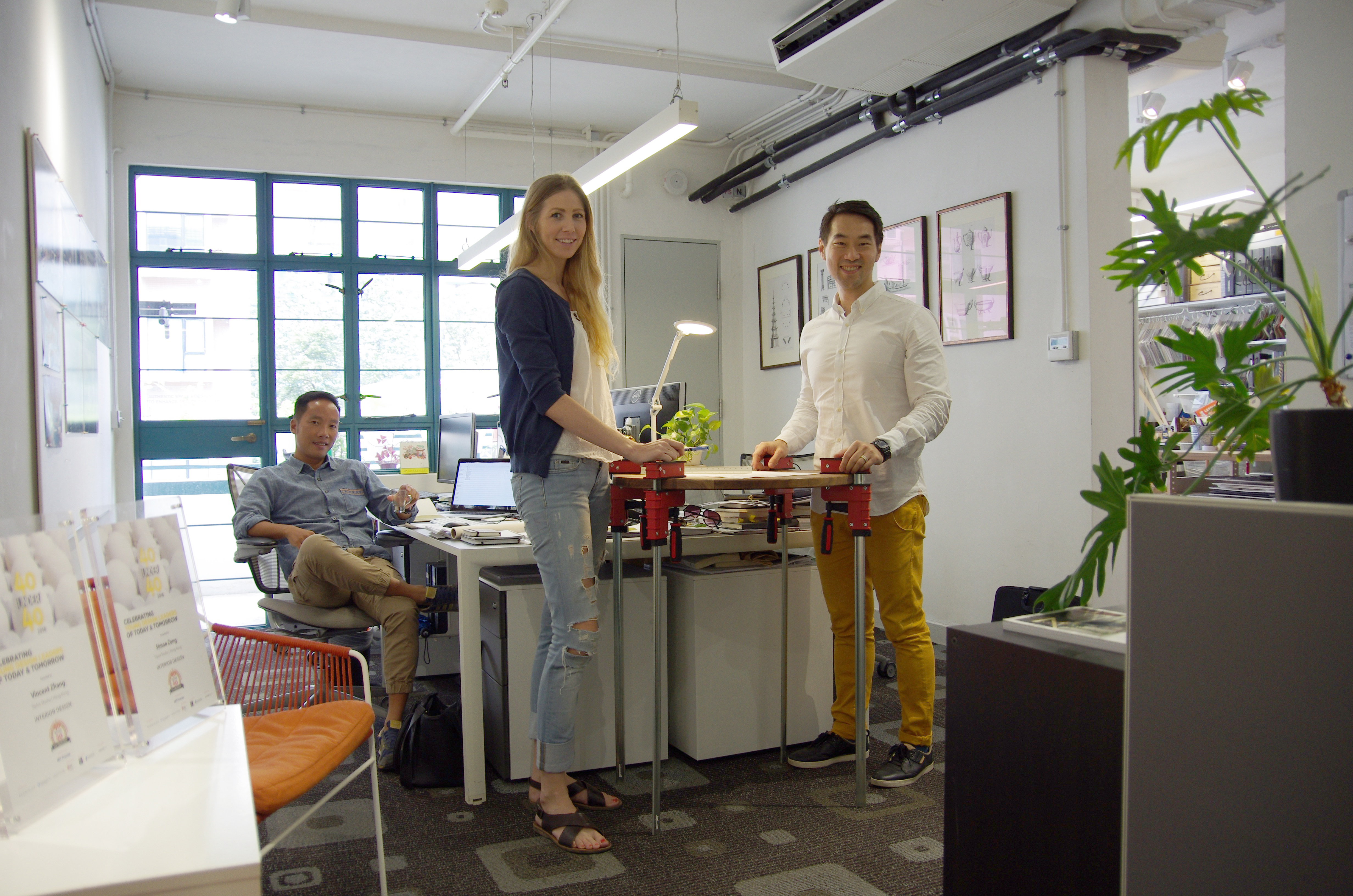
RMM: The Stylus Studio team is small and international. What is the working culture like?
SZ: Being small, focused and internationally structured is our strength… our advantage. We believe in extensive design research and open discussion, and we believe in experiencing the delivery of our craft. We walk the streets, interact with craftsmen and artisans, make samples and models, and even learn new skills such as woodworking. These experiences, or you could say our working culture of “doing”, ensures we are united to constantly learn, see things from all angles, and feel a greater sense of pride in what we design.
RMM: What inspired each of you to pursue a career in interior architecture?
SZ: I was good at maths and loved drawing, and even though it’s repeated often, interior architecture is the blend of science and art. What I didn’t realise at the time, and this has kept me in my profession, is that I’m constantly learning something about life from every project. There’s a real sense of pride in taking this knowledge to better my design solutions.
VZ: I chose interior design back in the day, because I thought all other options available to me were too boring! But in all seriousness, ultimately creating a space that inspires people and enriches our lives keeps me happy.
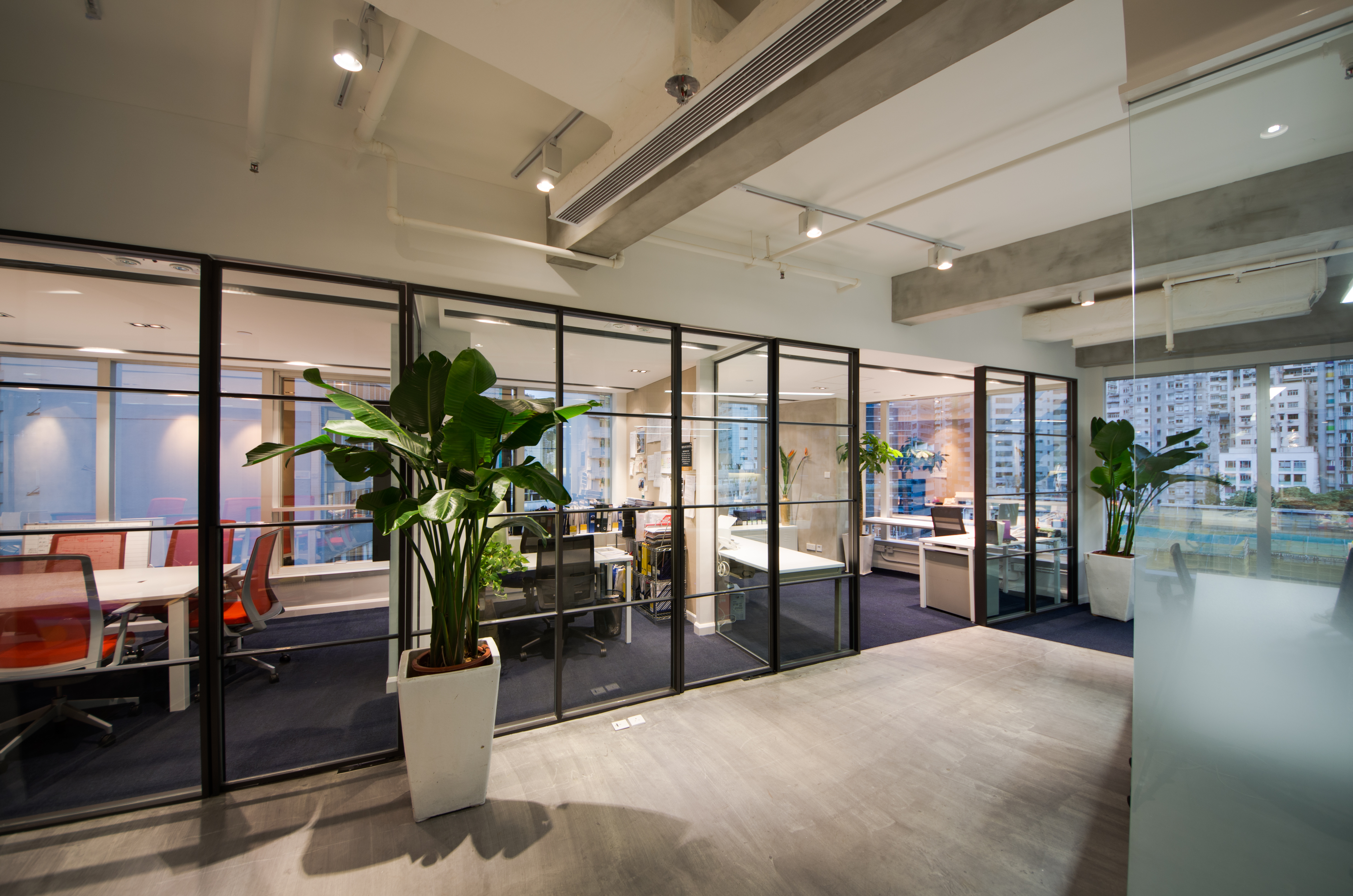
RMM: There’s a current trend towards ‘wall-less’ offices with open concepts and desk islands instead of traditional cubicle-laden spaces. At the same time, there has been a lot of debate over how they are more detrimental towards productivity. What is your opinion on ‘open-concept’ offices and how do you balance interaction and focus when designing an office space?
SZ: Open planning or not really depends on the office culture and operational style of the business. We don’t think all offices should be ‘wall-less’. For example, some job roles in the office require high-level privacy that would translate into a need for acoustic control. On the other hand, the marketing and design departments may benefit from open planning to encourage communication and brainstorming. Again, we don’t pursue design trends. We first engage our clients to fully understand the company culture and operational style before coming up with any concept planning. We are up-to-date, but never force a ‘trend’ into our design.
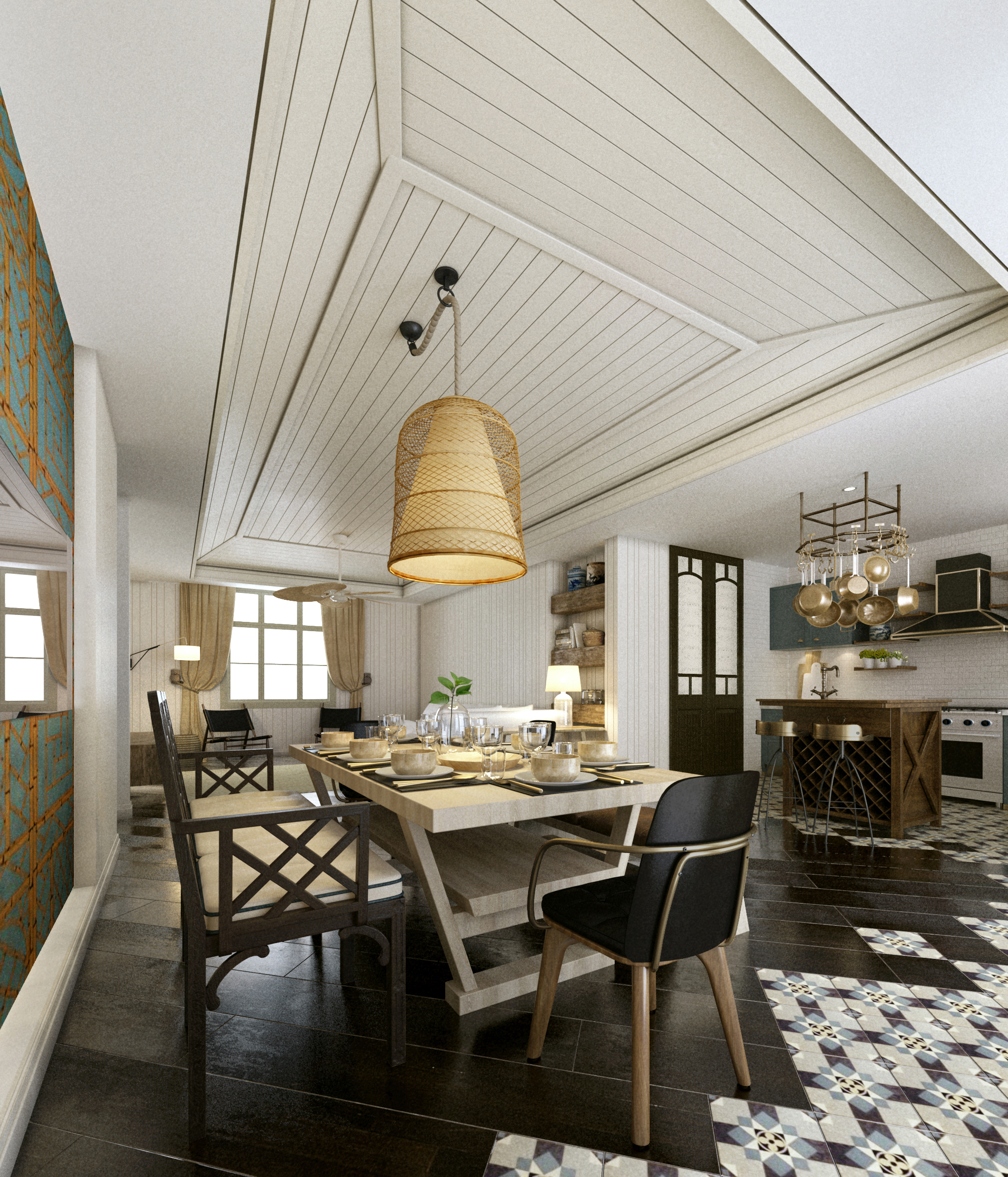
RMM: What do you think is a “Hong Kong aesthetic”, in terms of interior architecture, and should this be conserved?
SZ: Historically, Hong Kong was created by ‘outsiders’ and because of its open-minded tolerance and acceptance, Hong Kong gave birth to a blended Cantonese Colonial design style. On top of that, Hong Kong’s dense built environment drives the aesthetic to maximise the space. Should the old “Hong Kong aesthetic” be conserved? Our answer would be yes. Unique to every city is its history, and this helps for an evolving identity. If we pay a little more respect to our origins, our surroundings and our people, we can be proud about taking elements of this into further developing a distinct Hong Kong style unique from other mega cities.
Stylus, S514, Staunton, PMQ
Official Website: http://www.stylus-studio.com/

